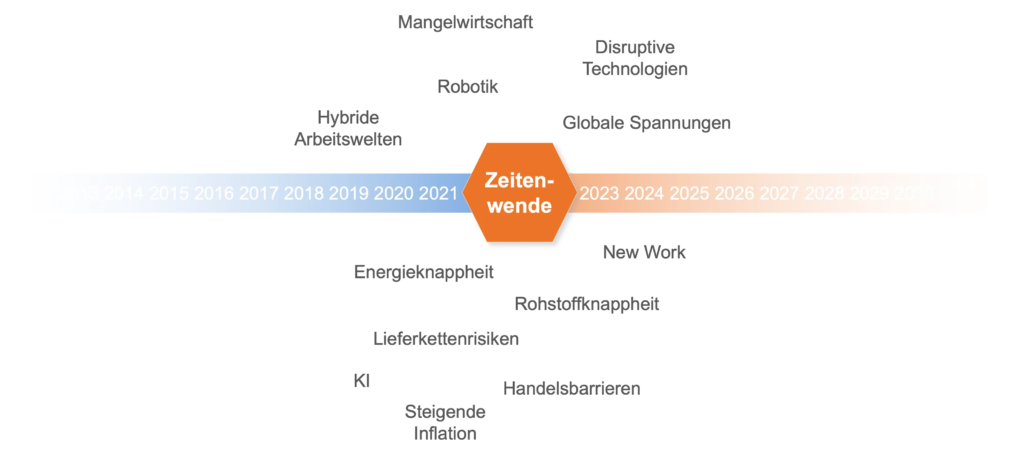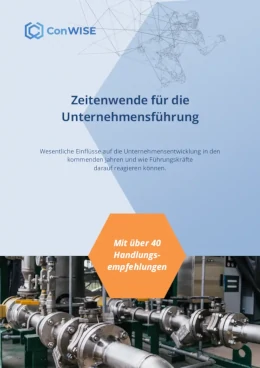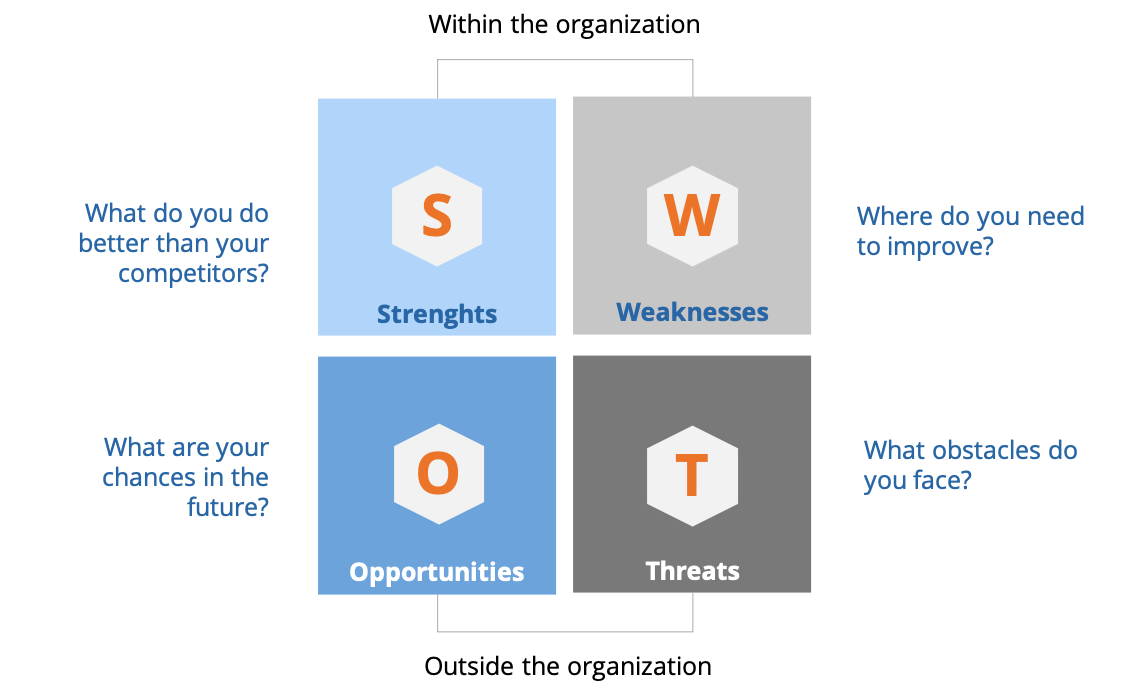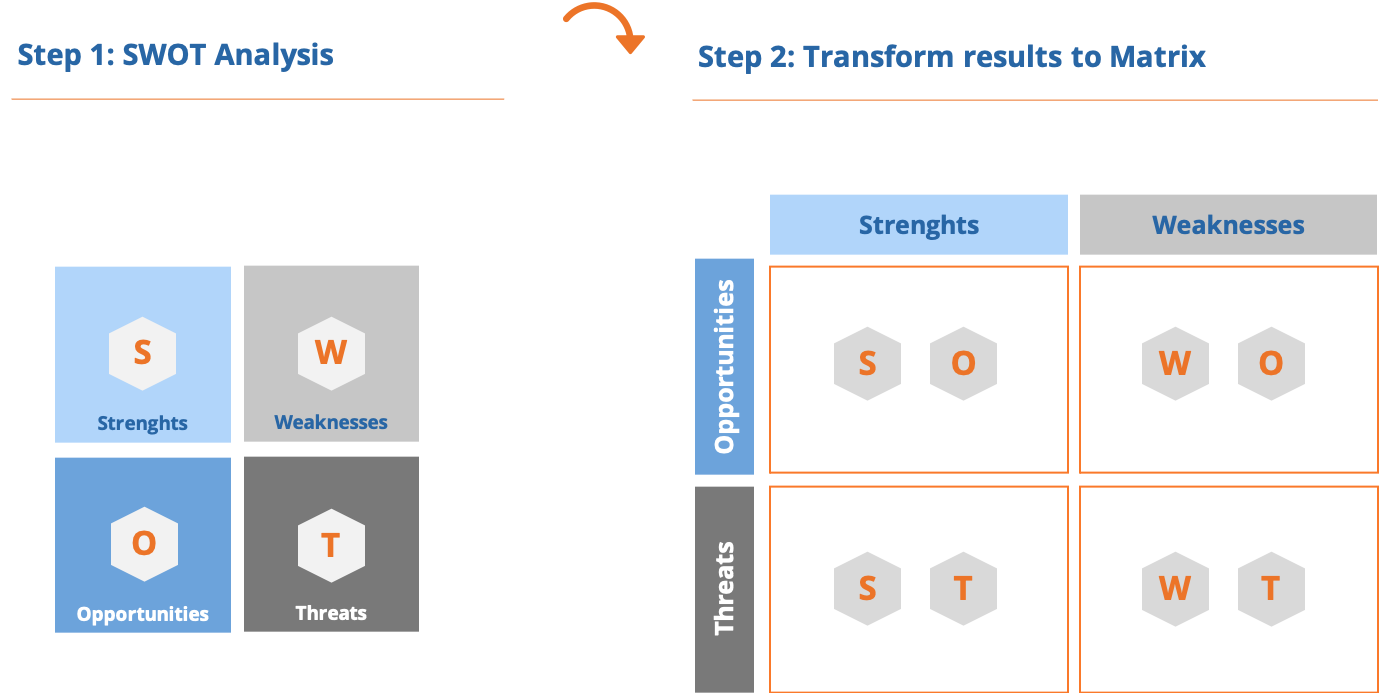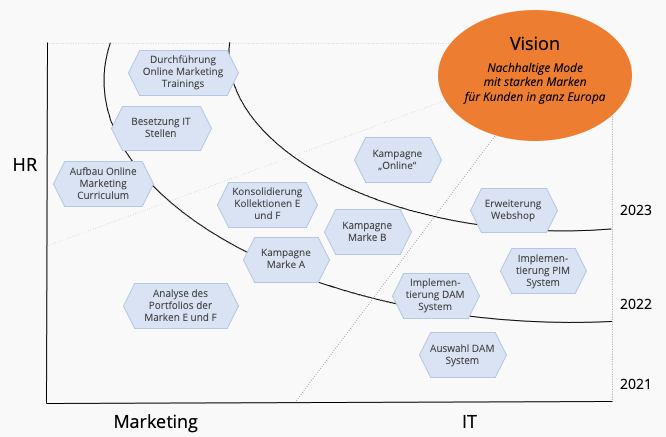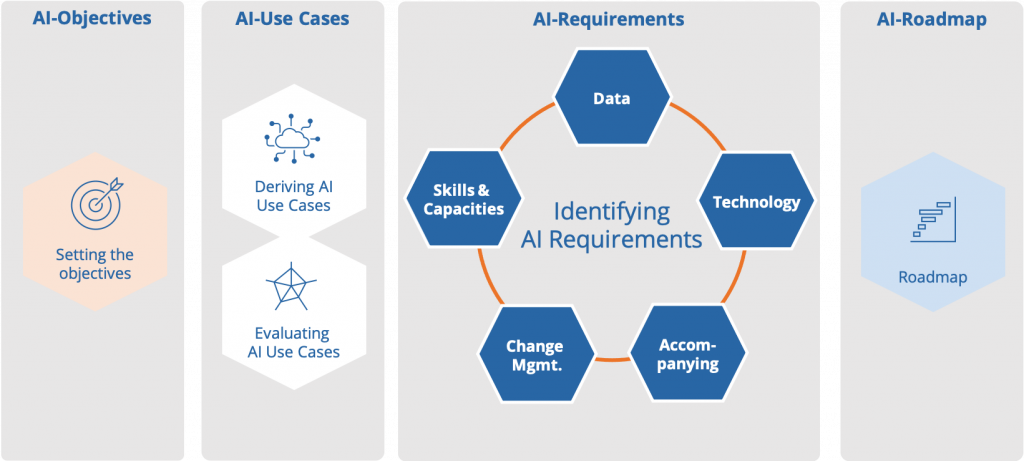Open Strategy – or trust in your own employees!
Ideas about business strategies are slowly changing. Until now, strategic management was the exclusive preserve of the executive level or management. Sometimes management consultants were also commissioned to shape the future for their own company. The latter often led to acceptance problems and slow implementation. With the Open Strategy approach, a radically new way of strategy development is now being taken. In the following, the approach is described in more detail, the main changes and advantages compared to the classic approach are shown and finally there are some practical tips on how to apply it in your own company, department or division.
What is Open Strategy? A definition
Open Strategy is about radically opening up the strategy process by involving the company’s own employees as well as external third parties or even competitors in strategy development and formulation. Instead of developing strategies only within management and advisory circles, they deliberately push for access to other sources of knowledge, such as Fontline employees, customers, partners and suppliers. This approach was developed by professors and advisors Christian Stadler, Julia Hautz, Kurt Matzler and Stephan Friedrich von den Eichen over the last 2-3 years. You have recorded your knowledge in the book of the same name (Link).
The main advantages of using the Open Strategy approach are as follows
The wisdom of many
In the Open Strategy approach, strategy development is not limited to a small circle of top managers or external consultants. The more people are involved, the more diverse the approaches. And this principle already applies in the analysis. This is because scientific findings show that frequent mention of strengths, weaknesses, opportunities or risks also indicates high relevance. In his book “The wisdom of the many – why groups are wiser than individuals”, James Surowiecki goes into detail as early as 2004 on the fact that the accumulation of information in groups leads to joint group decisions that are often better than the solutions of individual participants (so-called collective intelligence). Leaders would therefore do well to increase the probability of success of a strategy with the help of collective intelligence.
Diversity instead of single-mindedness or the crux of confirmation bias
If the strategy development is done by a few, the results can quickly become one-sided. Thus, political interests of individuals usually stand in the way of a promising strategy. This behaviour can be traced back to the so-called confirmation bias. In the process, people and especially alpha animals in leadership positions see their own convictions confirmed by others. In this way, information is selectively chosen that fits one’s own perception.
On the one hand, novel strategies are based on courage and thinking outside of familiar patterns. The confirmation bias also often applies to so-called industry experts. Strategy consultants who have a specific industry focus tend to use already known scenarios from the industry environment for strategy development. So the chances of developing new innovative strategies are slim. It is better to involve cross-sectoral experts.
External experts, however, do not necessarily come up with more innovative ideas than the company’s own staff. Especially when the involvement of the employees comes from different hierarchies and areas. Employees who are new to the company can also often bring in new ideas and directions without bias. Accordingly, Open Strategy brings out more innovative or even disruptive ideas than conventional methods.
Greater willingness to implement or prevent the ‘not-invented-here’ syndrome
A major advantage of the Open Strategy approach is that implementation fails less often. This is simply because the staff involved also feel responsible for successful implementation. Changes are more likely to be accepted if they are brought about by one’s own ideas. This behaviour is sometimes also based on the “not-invented-here” syndrome. This is an aversion, i.e. a negative attitude towards ideas and innovations that are brought externally to a company, a person or another department of the same company. The more and earlier the staff from various company units are involved, the greater the willingness to implement the ideas and strategies.
More realistic instead of theoretical artefacts
Strategies in which the company’s own employees were involved in the development take better account of the company’s conditions. Outsiders are not familiar with the current situation in the company, do not know about investments that have just been made or are simply too far away from the day-to-day business. The latter is one of the main reasons for involving external parties in strategy development, in order to prevent possible operational blindness. However, this is often overrated or used as a pretext for commissioning. In many cases, their own employees are quite capable of getting rid of operational blindness if the questions are asked appropriately and they do not experience any interference from the supervisors present. Measures proposed by the workforce are more concrete and tangible. The people know exactly what could be done, also in detail, because they deal with the processes and operational issues on a daily basis or are in direct contact with customers and suppliers.
Simple is not always the best strategy, but the best strategy is always simple
Simple and comprehensible should be at least the mission and vision, which should reflect the strategy as guidelines. Storytelling is an essential tool for successful communication in today’s world. And this also applies to internal company communication. The more people from the company were involved in the strategy development, the more stories there are to tell. Managers as well as experts tend to use many anglicisms. Technical terms that are on everyone’s lips right now. And so these “buzz words” are often included in the strategy formulation. But this encourages misunderstandings among staff and sometimes counteracts the actual message behind it. Strategies are there for all to follow and understand what needs to be done to implement them. Keep them simple in communication and find out early on by involving staff.
Meets the expectations of a new generation
The classic approach to strategy development is also at odds with the new world of work (New Work). Employees want to be involved in the future direction of the company or division. And not have them presented top-down by the managers for implementation. It would also be fatal not to take into account the opinions and ideas of Generation Z, because they work with different means of communication, have a distinct value system and are open and receptive to technical innovations. Many of the young workers in the private sector make use of the latter in particular and can thus contribute significant innovative impulses to the development of the strategy.
To sum up, here are some practical tips for applying the Open Strategy approach
- Trust your own employees and involve as many as possible from different hierarchies and departments. The more diverse the composition, the better and more innovative the contributions.
- As a first step, open up the strategy process to your own staff. This step already brings a lot of new insights and ideas. The involvement of third parties can then take place selectively to verify or supplement the actual/target analysis. For many managers, the much more intensive and early involvement of employees is already a major adjustment of their self-image.
- Rely on tried and tested tools that are easy to use and build on each other. It doesn’t take the latest sophisticated strategy framework to come up with good strategies. The use of strategic management methods must not become an academic exercise, but must be applicable quickly, intuitively and without long training periods by many.
- Use digital solutions to work on the strategy flexibly and independently of time and place. This way you can also reach employees at international locations and are not tied to time-limited workshops at one location.
- The most suitable digital platforms are those that have been specially developed for strategy development in teams, such as ConWISE.de (link to trial version). Online whiteboards and collaboration solutions such as Miro and Mural, while offering many templates, do not guide users through the process and are designed as crativity tools for online meetings rather than for unaided offline elaboration.
- Challenge industry experts to ensure strategies innovate and differentiate from competitors.
- Use impulses from outside when developing your strategy. These can also come from AI-based systems.
- Always be aware: the employees in the company together are smarter than the smartest expert.
- Follow a structured approach to answer the 3 key questions: Where do we stand? Where do we want to go? How do we get there?
- Strategic management is not purely a leadership task. Open up the process consciously to your staff.
- Engage or appoint a person to coordinate and facilitate the process.
- Examine the possibilities of self-consulting approaches to develop successful strategic concepts within the company.
Näheres dazu auch im Artikel Strategy development in the 21st century – time for a new approach
Conclusion
The traditional process in which top management retreats with its team of advisors and works out a strategic plan behind closed doors has had its day. Today, it is no longer enough to communicate the results of this work in the form of powerpoints to employees in town hall meetings and then set a specific budget for each area so that they can implement the strategy. Managers already benefit from the involvement of their employees in the analysis. No one knows the company and the industry as well as she does. It is important to get rid of old thought structures that say that strategic management is the sovereign task of the top management. One would disregard the great potential that lies within one’s own company if one relied instead on the knowledge of a few or a few selected management consultants.

